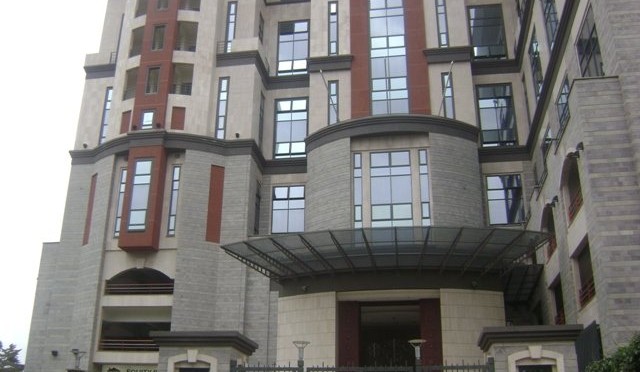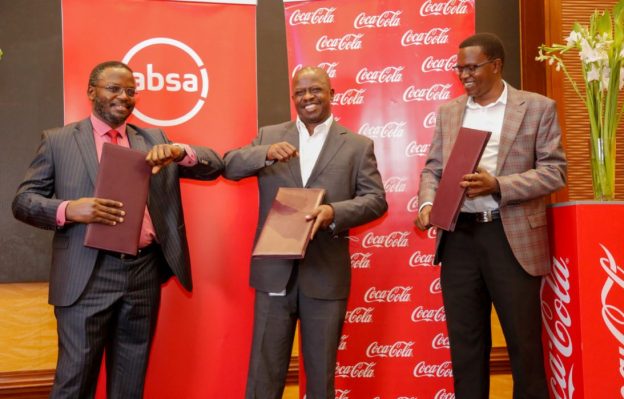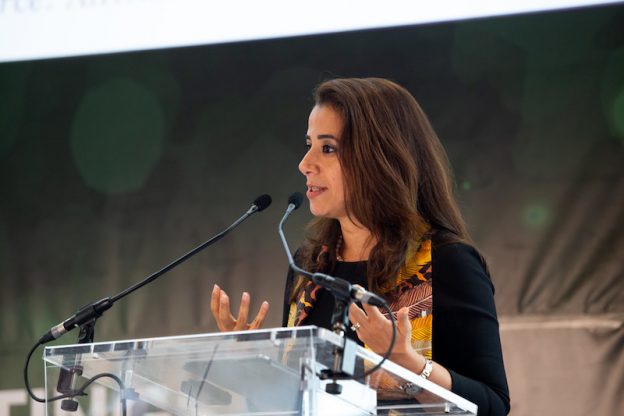The African Development Bank (AfDB) Group held their 2019 series of annual meetings from 11 to 14 June in Malabo, Equatorial Guinea with the theme of “Regional Integration”
Highlights of the meetings:
1. Fast growth is not Enough: A key theme of the week was that the stellar growth levels in Africa (over 4%) were still not enough to create enough jobs and produce sufficient food on the continent.
2. High 5’s: Regional Integration is one of the development priority themes (‘ High 5s’) that the Bank had adopted at its 2016 meetings in Lusaka, Zambia alongside (to) “Light up and power Africa”, “Feed Africa”, “Industrialise Africa”, and “Improve the quality of life of the people of Africa.”
3. It is Capital Raising time for the Bank and is organs. There are advanced talks towards a 7th general capital increase, the first since 2010, for the African Development Bank, which will be concluded in September.
A few months ago, Canada provided temporary callable capital of up to $1.1 billion to stabilize the AAA rating of the Bank.
There are also ongoing negotiations for a 15th replenishment of the African Development Fund.
4. Visa Index: The Bank’s Africa Visa Openness Index ranks how accessible African countries are to visitors from within the continent in terms of requiring travel visas and tracks developments by different countries to improve the ease of travel for fellow African citizens.
5. Low intra-Africa trade: Ahead of the African Continental Free Trade Area (AfCFTA) which comes into force in July 2019, the potential economic benefits of full implementation were highlighted, with the greatest beneficiaries of the increased trade likely to be countries in the Central Africa region.
Africa has 54 countries; Alone they are not very competitive, but together, under the Continental Free Trade Agreement, they are a market of $3.4 trillion
Also see the regional economic outlook reports by the Bank.
6. Debt levels in Africa: There was some discussion about the levels and types of debt across Africa and their potential burden versus the growth and infrastructure needs of individual countries. Also the Bank affirmed its support to help countries negotiate better financing terms, get better deals for extractive resources, minimize currency risks, and to enable them to mobilize their own resources domestically.
7. Asia-models for Africa: At the AfDBAM2019, Korea and India showcased their partnerships with the Bank including on agricultural transformation, enhancing food security and scaling financing across Africa.
8. Different forms of development finance by the Bank:
- Toward Financial Inclusion
- They also have plans for an affirmative action finance facility for women in Africa (AFAWA).
9. Transformational Infrastructure Projects funded by the bank include ports, highways, bridges and border-crossing stations across different countries.
10. Malabo Image: Host nation, Equatorial Guinea, used the forum to shed an image about the country that is full of old stereotypes to one of economic diversification, transformation and infrastructure. President Obiang attended the opening of the AfDBAM2019 which were chaired by the country’s Minister of Finance, Cesar Abogo, who is just 39 years old.
(a) Parallel events during AfDBAM2019:
- Africa Investment Forum last year which at its inaugural AIF forum in 2018 in Johannesburg secured $38 billion of investments for 40 projects across Africa.
(b) Next meeting: Following these first-ever meetings to take place in Central Africa, the next annual meetings of the bank will be in a year’s time in Abidjan, Côte d’Ivoire – the bank’s headquarter city, where they the election of the Bank President will be the main agenda item.


